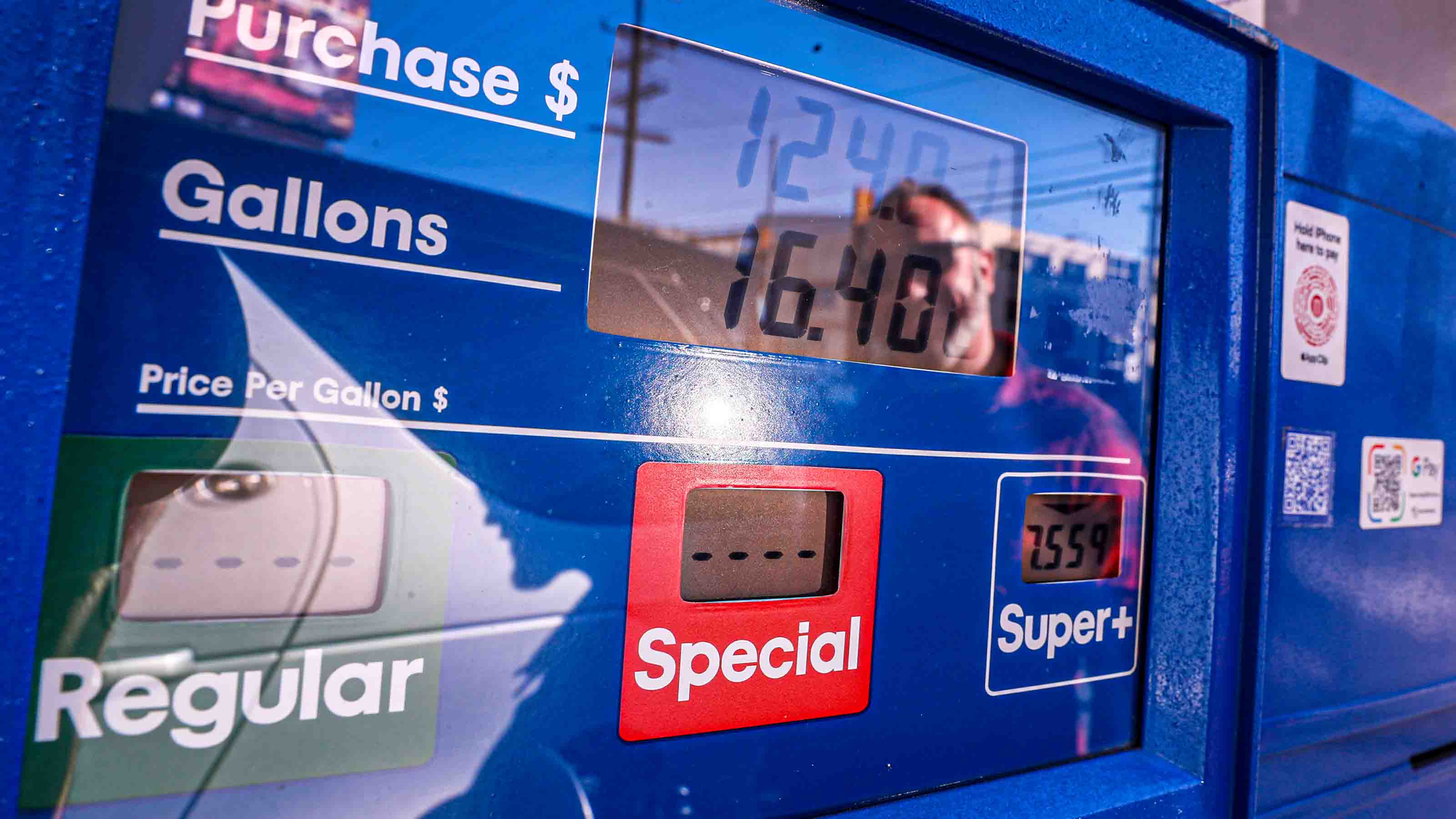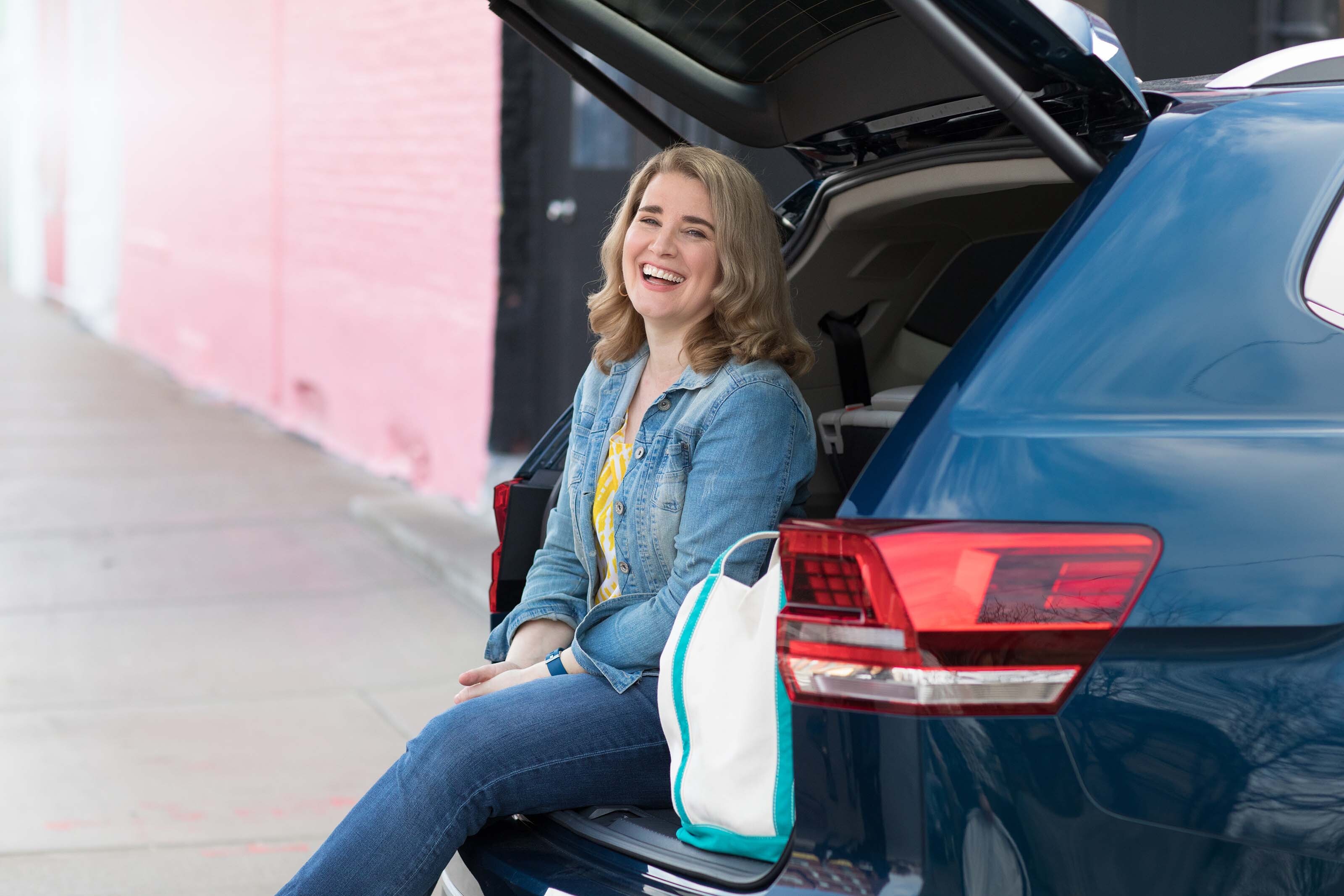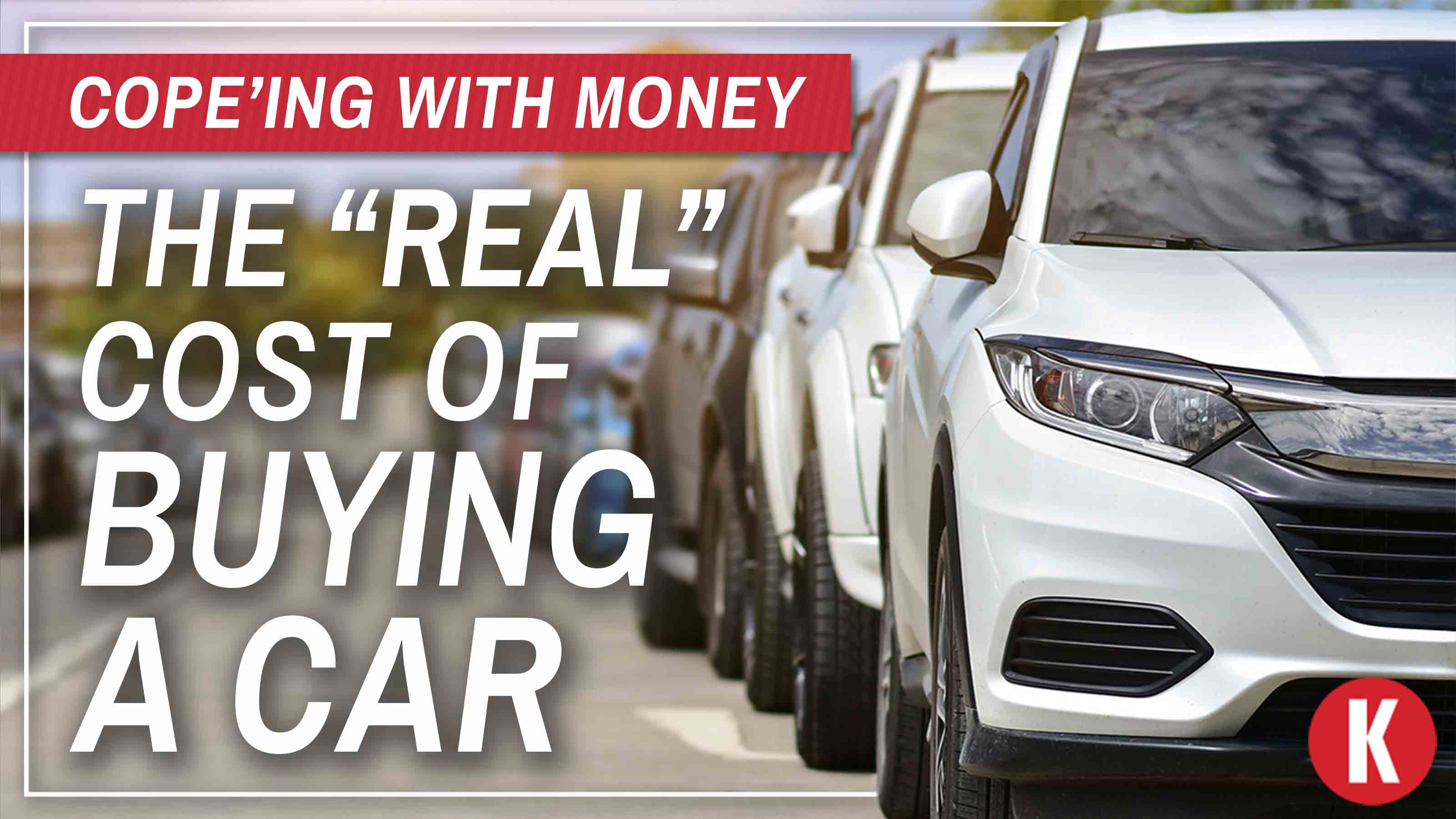Data-Tracking Technology Can Help Lower Your Car Insurance
Technology lets you get a break on insurance premiums based on how you actually drive.

If you’re a good driver, you’re probably paying too much for your auto insurance. With the traditional insurance model, your premiums have little to do with how you drive -- until an accident or a speeding ticket results in a fat rate increase. Rates are usually based on statistical averages: Your gender, age, marital status, where you live and what you drive determine what you’re charged. If you’ve been accident-free for a long time or don’t drive much, you may get a discount, but personalizing your premiums may save a lot more. A Brookings Institution study suggests that two-thirds of households would pay less with a pay-as-you-drive policy, reducing annual premiums by about 28%.
Robert Hunter, director of insurance for the Consumer Federation of America, says that user-based insurance has been talked about for decades, but until recently there was no easy way to monitor things such as mileage. Now technology lets you get a break on insurance premiums based on how you actually drive.
How’s my driving? Progressive offers its user-based insurance, called Snapshot, in 37 states. I gave the Snapshot tool a test-drive to see how much I could save on premiums. Here’s how it works: You plug a palm-size tool into the diagnostic port in your car (all cars made after 1996 have one), and it pulls data from the car’s computer and sends it to the company via a cellular network. The tool tracks the time of day you drive, your mileage, and your acceleration and braking rates. After 30 days, you may earn an initial discount; after six months, you send the tool back and become eligible for a permanent discount of up to 30%. Because I rarely drive my own car (I’m usually test-driving new vehicles), my results showed I would qualify for 30% off with Snapshot, but the average discount is 10% to 15%. There’s no cost to enroll, and Progressive cannot raise your rates based on the data collected.

Sign up for Kiplinger’s Free E-Newsletters
Profit and prosper with the best of expert advice on investing, taxes, retirement, personal finance and more - straight to your e-mail.
Profit and prosper with the best of expert advice - straight to your e-mail.
Allstate has a similar program, called Drive Wise, currently available in Arizona, Illinois and Ohio. The tool collects the same data as Progressive’s tool does, plus the number of times you exceed 80 miles per hour. You get a 10% discount at sign-up, which is replaced by a discount of up to 30% after your first policy period. It costs $10 per period to participate, and you need to keep the tool in the car to keep earning discounts -- each is applied to your policy renewal. Neither Progressive nor Allstate includes GPS in its tool, so your whereabouts are your business.
By the mile. General Motors’ OnStar system is the basis for two programs that offer discounts to low-mileage drivers. OnStar is free for the first year for new GM vehicles (three months for used vehicles), and subscriptions cost $19 to $29 per month after that, depending on service options.
GMAC Insurance offers customers in 35 states an 8% average discount just for having an active OnStar subscription. If you enroll in the free OnStar Vehicle Diagnostics service and drive fewer than 15,000 miles a year, you can get a discount of at least 13%; that can go as high as 54% if you drive less than 2,500 miles per year. If you’re a new subscriber, you’ll get 13% off until enough odometer readings are gathered to calculate annual mileage.
State Farm’s Drive Safe & Save program -- available in California, Colorado, Illinois, Ohio and Texas—uses OnStar as well. You get a discount for signing up (typically about 5%), and after 30 days you can earn up to 44% off based on your odometer readings. The discount is recalculated with each policy renewal.
If you live in Texas, MileMeter lets you buy insurance by the mile (prices start at about 2.5 cents per mile). Just send in a photo of your odometer when you sign up and at renewal time.
Get Kiplinger Today newsletter — free
Profit and prosper with the best of Kiplinger's advice on investing, taxes, retirement, personal finance and much more. Delivered daily. Enter your email in the box and click Sign Me Up.

-
 Stock Market Today: Stocks Soar on China Trade Talk Hopes
Stock Market Today: Stocks Soar on China Trade Talk HopesTreasury Secretary Bessent said current U.S.-China trade relations are unsustainable and signaled hopes for negotiations.
By Karee Venema
-
 2026 Disney Dining Plan Returns: Free Dining for Kids & Resort Benefits
2026 Disney Dining Plan Returns: Free Dining for Kids & Resort BenefitsPlan your 2026 Walt Disney World vacation now. Learn about the returning Disney Dining Plan, how kids aged three to nine eat free, and the exclusive benefits of staying at a Disney Resort hotel.
By Carla Ayers
-
 Gas-Saving Tips That Actually Work
Gas-Saving Tips That Actually WorkThese are gas-saving tips that will actually work for you and your car this year.
By David Muhlbaum
-
 Want to Lease an EV? The Tax Credit 'Loophole' for That Could Go Away Soon
Want to Lease an EV? The Tax Credit 'Loophole' for That Could Go Away SoonTax Credits If you are deciding whether to lease or buy a car, here's what you need to know about the EV lease tax credit.
By Kelley R. Taylor
-
 Car Buying in a Topsy-Turvy Market
Car Buying in a Topsy-Turvy MarketYou need a new car? Good luck with that! What should you do? We've got some answers.
By Katherine Reynolds Lewis
-
 Watch Out for Flood-Damaged Cars from Hurricane Ian
Watch Out for Flood-Damaged Cars from Hurricane IanBuying & Leasing a Car In the wake of Hurricane Ian, more flood-damaged cars may hit the market. Car prices may rise further because of increased demand as well.
By Bob Niedt
-
 Car Buyers: The 3-Day Grace Period Is Just a Myth!
Car Buyers: The 3-Day Grace Period Is Just a Myth!Buying & Leasing a Car Many car buyers think they have three days after making a purchase to return a car. Here’s where they’re going wrong, and what they should do instead to get a decent used car.
By H. Dennis Beaver, Esq.
-
 PODCAST: Car-Buying in an Inflated Market with Jenni Newman
PODCAST: Car-Buying in an Inflated Market with Jenni NewmanBuying & Leasing a Car With cars both scarce and expensive these days, what to do if you want – or need – a new ride? Car-buying strategist Jenni Newman of Cars.com shares some tips. Also, more on the magical 9% savings bond.
By David Muhlbaum
-
 The "Real" Cost of Buying a Car
The "Real" Cost of Buying a CarFeature Atlanta Falcons linebacker and Kiplinger contributing editor Brandon Copeland illustrates how car prices are far more than meets the eye.
By Brandon Copeland
-
 How to Get a Car Deal in This Market
How to Get a Car Deal in This MarketBuying & Leasing a Car Low inventories mean it’s hard to haggle on price, but you can still negotiate on financing when shopping for a new or used car.
By Rivan V. Stinson